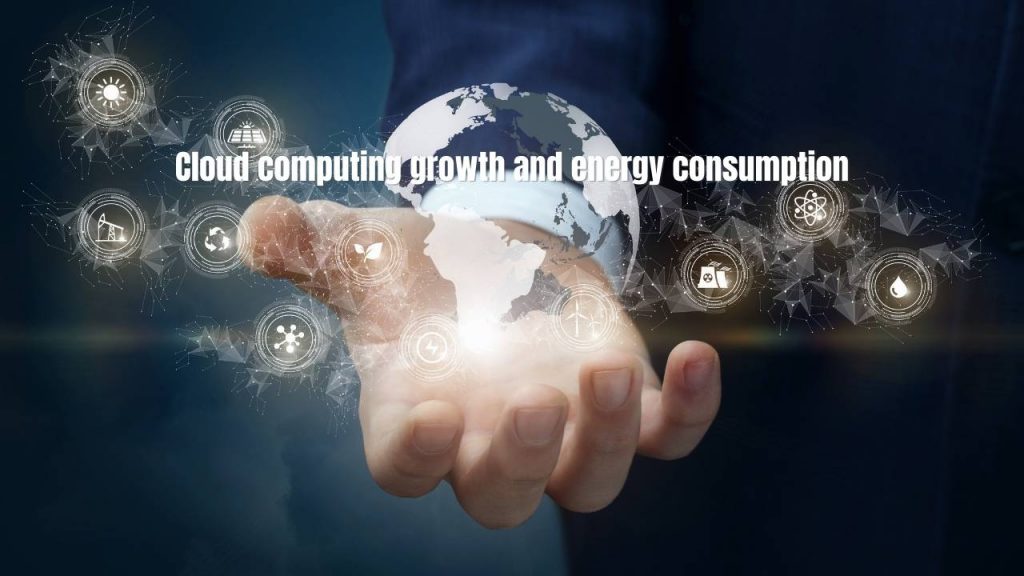Cloud computing growth and energy consumption
Cloud computing has a large environmental footprint, mostly out of energy needs. Conservative estimates predict that by 2025 the technology sector will consume a fifth of all the electricity that is consumed in the world. This figure is an increase from the current 10%, a rise that is mostly attributed to the expansion of cloud computing and related technologies. Despite the growth in cloud consumption, the impact on energy and the environment has been moderated.
This is a result of the measures that have been taken by cloud computing and related sectors, especially on the adoption of more environmentally friendly technologies, including liquid immersion cooling in data centres.
Growth in cloud computing
Although cloud computing has been around since the early 1960s it was not until the early 2000s that its use started gaining prominence. It is out of the realisation that data can be collected, analysed, and stored as well as shared and accessed all over the world that this technology has grown. Businesses, government and public organisations are using cloud solutions to improve their operations.
It is not just a preserve of these entities; individuals too are relying on cloud solutions to meet their daily needs. 2018 had close to 3.6 billion people access a wide range of cloud solutions including Netflix, Google Drive, and Amazon Web Services (AWS). The number has continued to rise in the wake of the wide adoption of even more advanced mobile technologies. The major impact of this is that energy consumption has increased too. This demand is expected to keep on rising with cloud computing being the main driver.
Cloud computing vs on-premise
Cloud computing is built around efficiency and resilience when compared to on-premise (local) computing. Research funded by Alphabet almost a decade ago found that transferring operations to cloud computing has a tremendous effect on energy consumption. The study found that with cloud adoption a company can reduce power usage by 87 per cent.
When other factors such as enabling remote working are considered, indirect environmental benefits that come with cloud computing increase. For instance, due to the adoption of cloud computing, commuting is reduced meaning that air pollution that comes with public and private transport is reduced drastically.
Scaling data storage
Cloud computing has brought the need of having large-scale data centres, and infrastructure that is built around cost-effective recovery and reuse of heat. There have been widespread reports that the amount of power consumed in these data centres consumes a relatively low amount of energy despite handling a large amount of data. They have managed to balance cloud computing growth and energy consumption, mainly through the adoption of efficient technologies.
This is proof that we can deliver growth in data centre capacity without increasing the amount of energy used. This should be the direction followed by all players in the computing world and more so data storage. Given that demand is expected to rise, the adoption of technologies that deliver efficiency in data centres should be mandatory for all the players.

